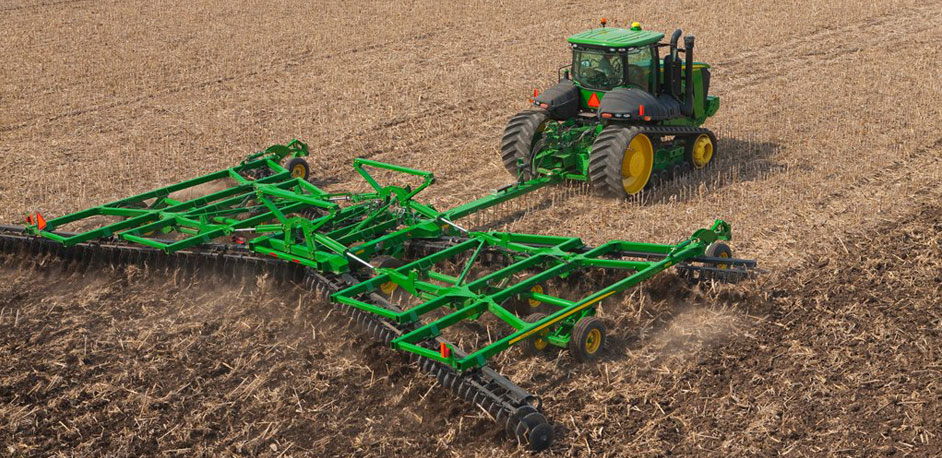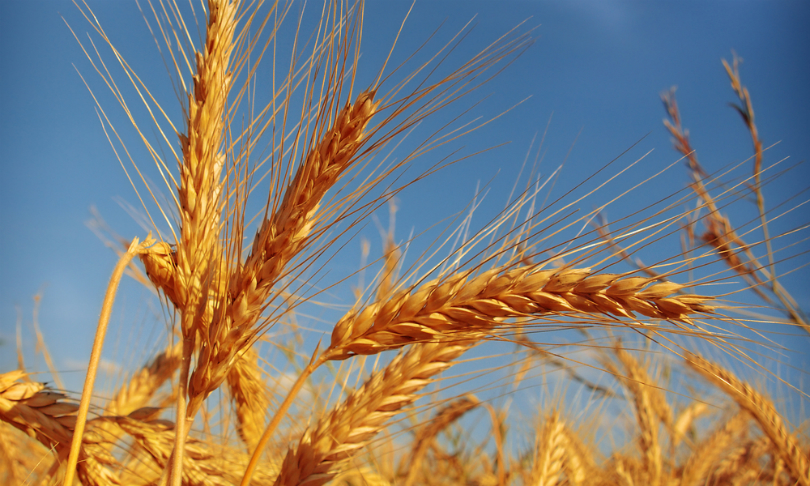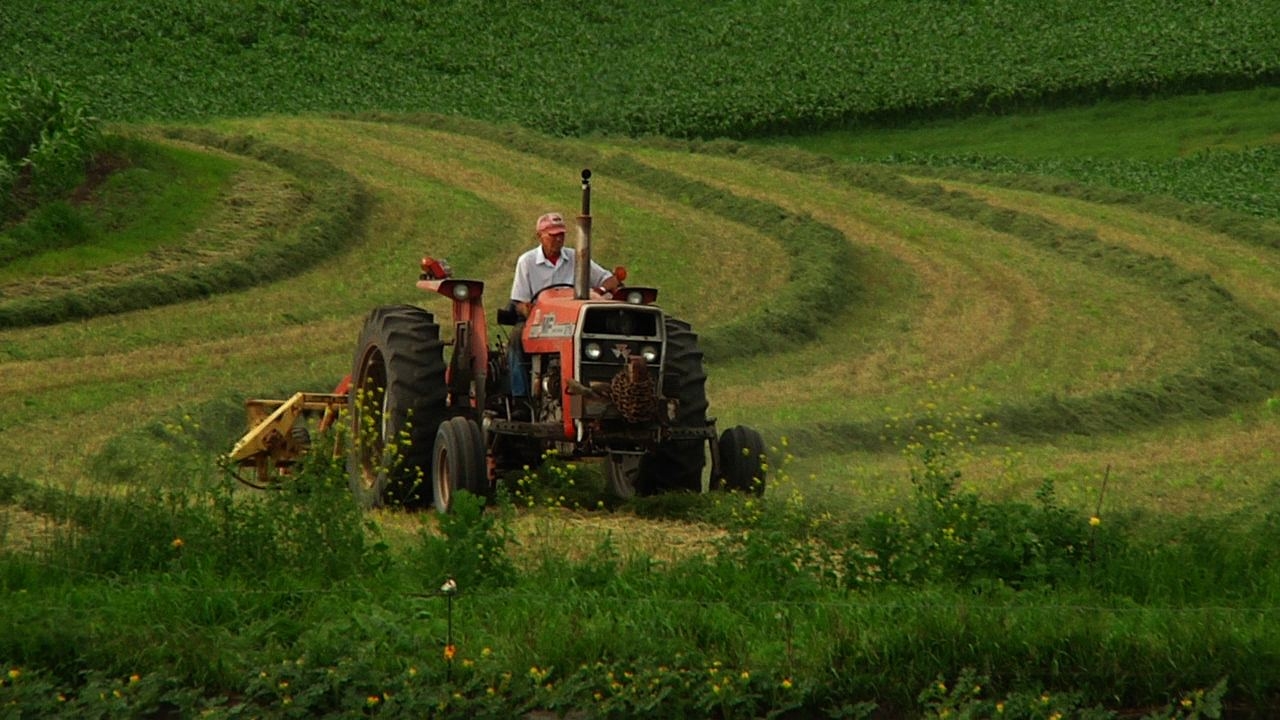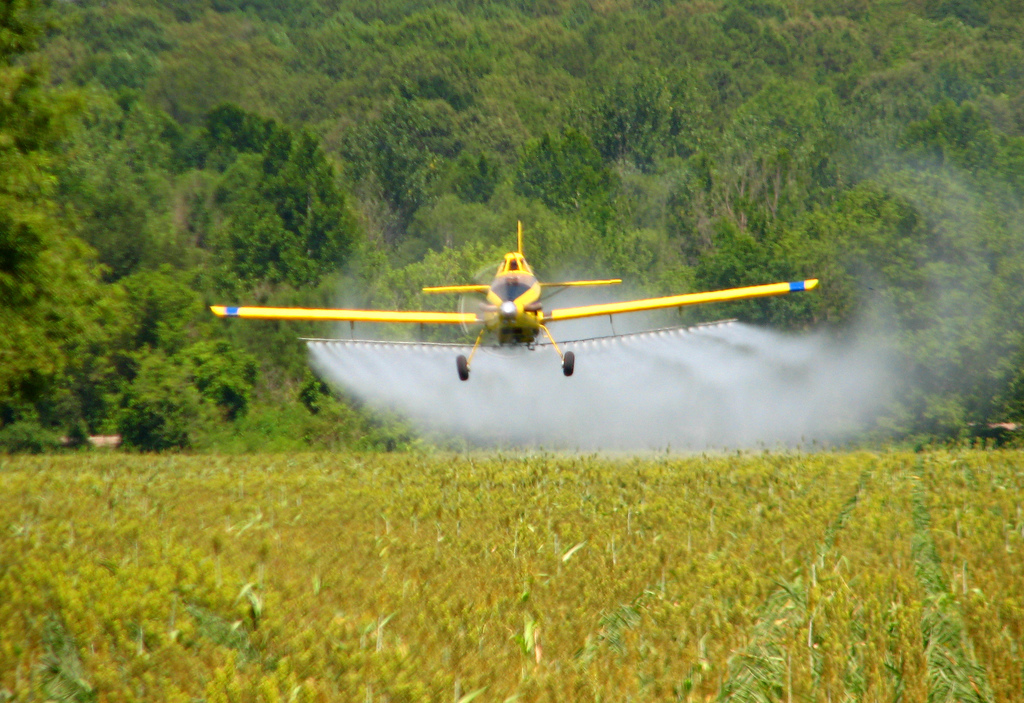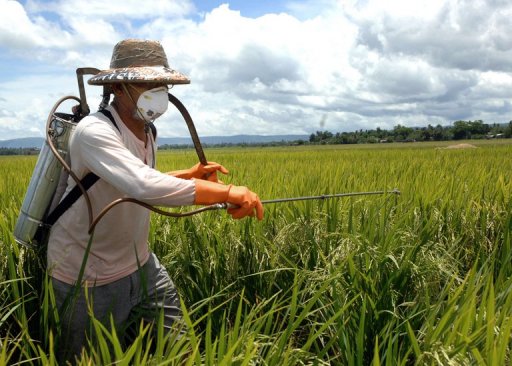Tillage and Reduced- Input rotation
No-till management practices will cut back eating away, however proof suggests they will additionally cause increased runoff of dissolved phosphorus from soil surfaces. Meanwhile, farmers trying to avoid herbicides typically have to be compelled to combat weeds with tillage, that causes erosion. With all of the trade-offs of various management systems, that one ought to growers use? To answer that question, researchers from the Department of Agriculture Agricultural analysis Service compared nutrient and sediment loss from no-till, standard tillage, and reduced-input rotation watersheds in an exceedingly study revealed on-line these days in Soil Science Society of America Journal.
Share This:
By keeping a protecting layer of plant matter on the soil surface, no-till practices cut back the loss of soil and phosphorus (P) connected to soil particles. however no-till needs herbicides to manage weeds, and even once adoption of the apply by several farmers, harmful protoctist blooms were still occurring in surface waters. It looked as if no-till, whereas decreasing particulate P loss, was resulting in increased runoff of dissolved P.
According to Martin Shipitalo”Normally once you apply P-containing fertilizers, they would be incorporate in the soil”. “It is a simple broadcast on the soil surface with no-till, resulting in high P concentrations at the surface though we get less particulate loss, runoff can acquire that dissolved P that is extremely targeted at the soil surface.”
Shipitalo and his team set to seem at information from a 16-year experiment to match soil and nutrient runoff in watersheds managed in 3 other ways — no-till, standard tillage, and reduced-input rotations.
In the current study, researchers provided most of the nutrients to crops within the reduced-input watersheds by planting purple clover and spreading manure rather than fertilizers. They reduced the quantity of blank soils and used simply a shallow disking rather than total inversion tillage to depart some crop residue on the soil surface. whereas herbicides were utilized in the experiment, they are not necessary as a result of the sunshine cultivation and in-row cultivation that was done unbroken weeds in check.
\”Reduced-input rotations strike a medium between standard tillage and no-till,\” says Shipitalo. \”And they might simply be custom-made to be organic rotations.\”
As was expected, the researchers found that soil loss was lowest in no-till watersheds. Reduced-input fields, however, had the very best levels of soil loss. whereas levels were still below annual soil loss tolerance values, reduced-input practices light-emitting diode to soil loss levels of quite double those from no-till fields.
To address the priority of dissolved P loss from no-till fields, the researchers compared runoff from standard tillage and no-till watersheds. whereas the common loss of total dissolved P from no-till was slightly above from standard tillage, the loss was still quite little. Also, average total P loss from no-till watersheds was really smaller than that from standard tillage watersheds.
The lack of huge variations in P loss from these 2 management practices could partially be explained by one thing surprising — earthworms.
But however ar earthworms poignant transport of P? Earthworms will ingest and distribute soil, and that they enhance soil structure making a lot of stable aggregates and permitting water to maneuver sooner into the soil. it\’s additionally attainable that crawler activity mixes up soil moving surface-applied P deeper into the soil and far from potential runoff.
So that management apply is best for farmers? No-till practices did not cause increased dissolved P runoff during this study, however they need weedkiller use. Reduced-input rotations do not need herbicides, however they light-emitting diode to higher levels of soil loss. The authors counsel more work viewing alternative reduced-input rotations, maybe some that use less tillage to tease out even a lot of management choices.
\”It can rely on things and therefore the philosophy of the growers”says Shipitalo. \”There is not a one-size-fits-all answer or a precise apply that\’s best for everybody.\”
While there might not be one answer, the increased understanding of the various practices and their trade-offs give a basis for farmers to decide on a crop management system that\’s best for them, their crops, and their land.

Thanks for installing the Bottom of every post plugin by Corey Salzano. Contact me if you need custom WordPress plugins or website design.

